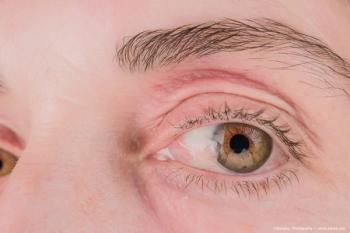
Iridex lasers receive FDA clearance
Mountain View, CA-Iridex Corp. has received 510(k) clearance from the FDA for a family of laser systems (IQ 532, IQ 577, IQ 630-670, and IQ 810) and their associated delivery devices to deliver laser energy in three different modes (CW-Pulse, MicroPulse, and LongPulse).
Mountain View, CA-Iridex Corp. has received 510(k) clearance from the FDA for a family of laser systems (IQ 532, IQ 577, IQ 630-670, and IQ 810) and their associated delivery devices to deliver laser energy in three different modes (CW-Pulse, MicroPulse, and LongPulse). In addition to use in the field of ophthalmology, the lasers are intended for use in the areas of otolaryngology and dermatology.
“The design concept of the IQ family enables us to provide different solid-state lasers on a common platform,” said Theodore A. Boutacoff, Iridex president and chief executive officer. “This 510(k) covers green (532 nm), yellow (577 nm), red (630-670 nm), and infrared (810 nm) single-wavelength systems. We expect this common platform concept to facilitate the efficient development and timely introduction of related products.”
The company will launch the laser delivering 577-nm yellow light first because it provides a wavelength not available in laser systems already on the market.
“[The] 577-nm [wavelength] is of interest because it is at the peak of the oxyhemoglobin absorption curve and was a popular wavelength when argon/dye laser systems were widely distributed,” Boutacoff said. “However, due to complexity and poor reliability, those products are now obsolete. We believe that a reliable solid-state 577-nm laser system has the opportunity to fill this void.”
Newsletter
Don’t miss out—get Ophthalmology Times updates on the latest clinical advancements and expert interviews, straight to your inbox.













































.png)


